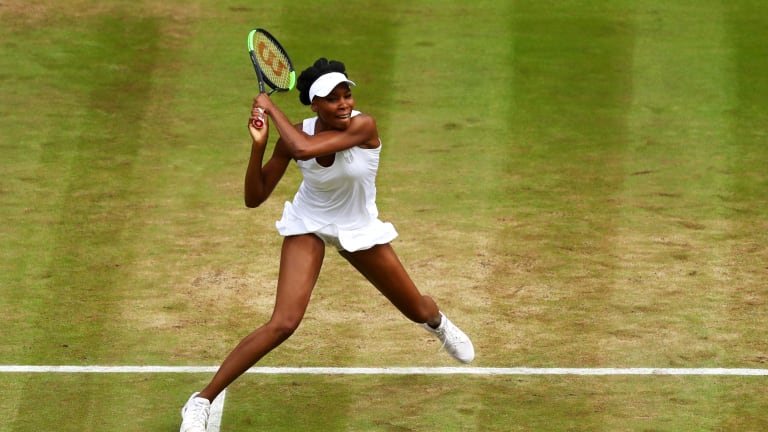The DIY Game: how an unorthodox approach survives and thrives in the modern game
By Apr 05, 2023Ranking Reaction
Carlos Alcaraz rises back up to No. 2 on ATP rankings after winning Monte Carlo title
By Apr 14, 2025ATP Monte Carlo, Monaco
Daniil Medvedev vs. Alex de Minaur: Where to Watch, Monte Carlo Preview, Betting Odds
By Apr 09, 2025ATP Monte Carlo, Monaco
The original Next Gen—Zverev, Medvedev, Tsitsipas, Berrettini—soldiers into a key clay swing
By Apr 09, 2025Social
PHOTOS: Andrey Rublev, Marat Safin serve all the moments at Monte Carlo practice
By Apr 07, 2025ATP Monte Carlo, Monaco
WATCH: Cramping Daniil Medvedev limps over finish line vs. Karen Khachanov in Monte Carlo
By Apr 07, 2025Tennis.com Interview
No logic, just a feeling: Andrey Rublev "always knew" he wanted to work with Marat Safin
By Apr 07, 2025The Business of Tennis
Top ATP, WTA players pen letter to Grand Slams seeking greater share of revenue
By Apr 04, 2025Miami, USA
Jannik Sinner rivals fail to capitalize on No. 1's absence
By Mar 24, 2025Miami, USA
Carlos Alcaraz and Daniil Medvedev, two Sunshine Double stalwarts, made opening exits in Miami
By Mar 22, 2025The DIY Game: how an unorthodox approach survives and thrives in the modern game
From Daniil Medvedev’s on-court contortions to Venus Williams’ open-stance backhand, what seems like a liability can become a player’s greatest asset.
Published Apr 05, 2023
Advertising
Advertising
Advertising
Advertising

Williams' open-stance backhand has gone on to become one of the most frequently-emulated shots in the modern game.
© 2017 Getty Images